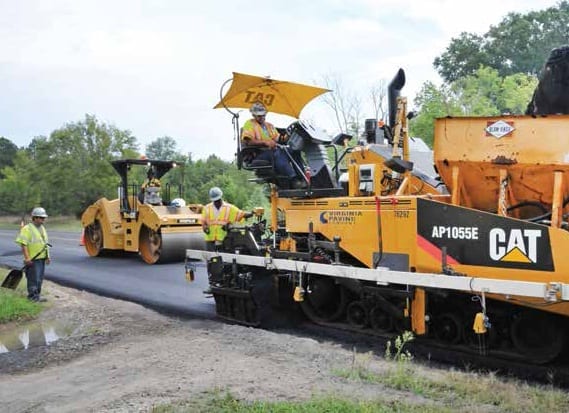These 2018 highway work zone fatalities occurred within less than two months of each other:
• A 68-year-old roller machine operator at a Tampa, Florida, highway construction project died in mid-September when his equipment toppled on a dirt embankment and trapped him underneath.
• In late October, a 43-year-old worker was killed on I-64 in Virginia Beach, Virginia, when he fell from the cargo area of a truck as he collected safety cones and it backed over him.
• A 32-year-old highway worker was killed in early November on US 31 near Indianapolis, Indiana, when the driver of a big rig didn’t see the arrow boards indicating merging traffic and rear-ended a parked construction vehicle, driving it into the worker.
Sadly, there are far too many other examples.
Each year, 50 to 60 highway construction workers are killed, and thousands more are injured, when struck by vehicles or equipment, according to U.S. Department of Labor data. These incidents are caused when inattentive, reckless, or impaired motorists intrude into the work zone, or when construction equipment and vehicle operators mishandle machinery or fail to notice their fellow workers within the site, as in the examples above.
Construction contractors and transportation agencies face the twin challenges of providing a safe workplace for their employees while also protecting the public as it travels through the work zones. The challenge is even more daunting because highway, street, and bridge construction projects are complex environments that are always changing.


Comments